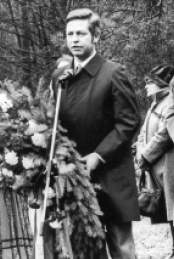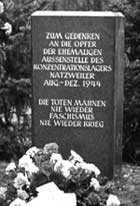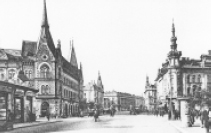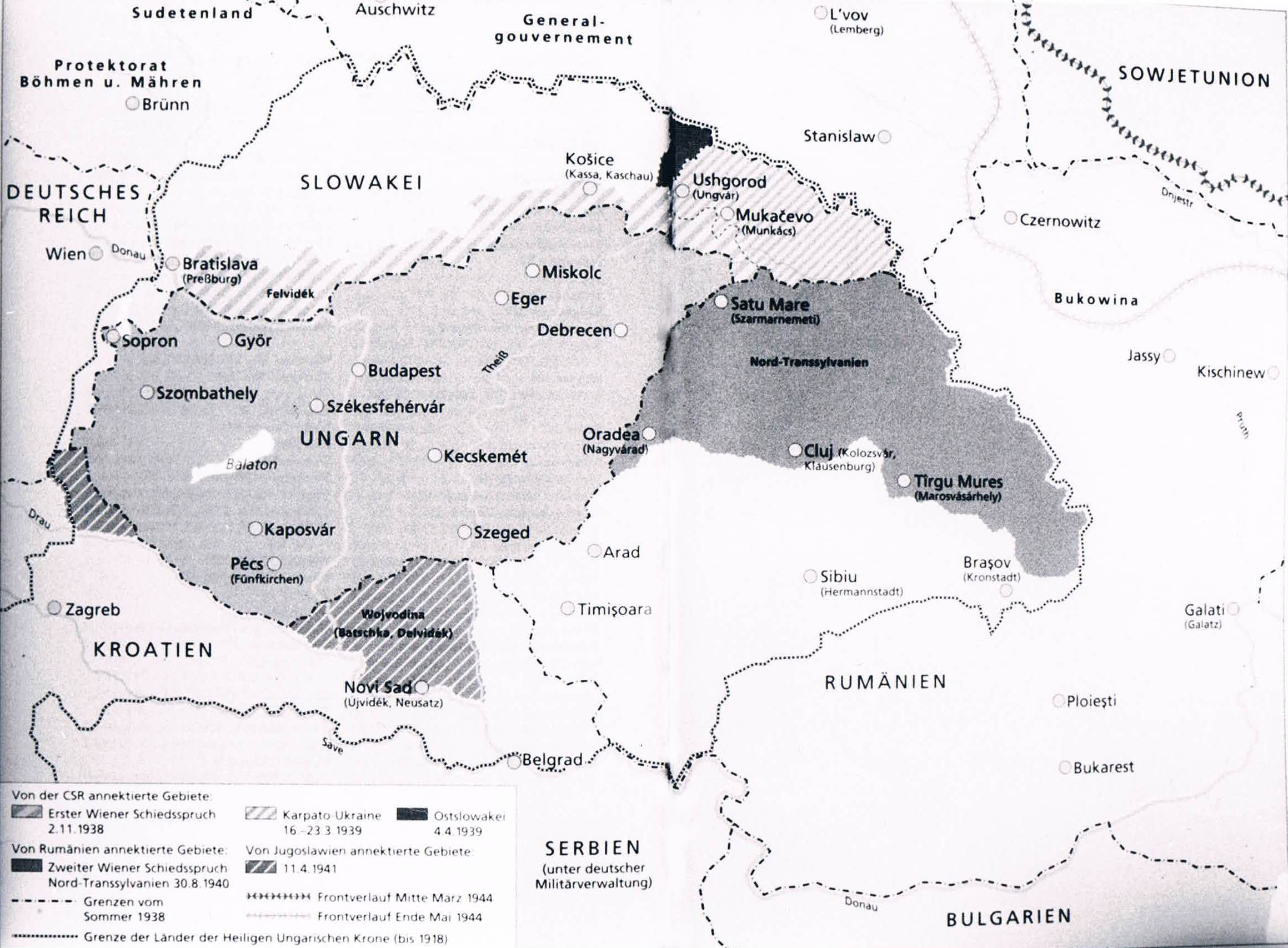Biographie of Margit Horváth
Margit Horváth as naming patron of the foundation stands in for the 1.700 young Hungarian Jewish women who had been imprisoned here.

She was gad been imprisoned here in KZ Walldorf from August to November 1944. Her willingness to start talking in her old age, after decades of staying silent and keeping an explicit distance to the German society, to expose herself time and again to the pain of remembering the inconceivable horror, had contributed decisively to the fact that the history of KZ Walldorf could be elaborated in a so much detailed and biographically differentiated way. Her way of acting will have an effect far beyond the grave.
“When the memorial stone for KZ Außenstelle Walldorf was inaugurated in 1980, I had been present.…”

But I did not say anything to anybody. I was not able to talk about it. I did not want to. I have often been her with my son Gábor. Time and again we have walked along the path … Now I am old. You are asking me what had happened to me here, and to all the other women…? It is the first time now that I am telling about it: I was born in 1911; my family is originating from Kolozsvár in Transsylvania. During my childhood it belonged to Romania, later to Hungary.
We were six brothers and sisters and had a beautiful family life. Our father was a lawyer, a man well respected in the entire town. We children went to high school, we grew up bilingually, Romanian and Hungarian. After graduating from school I became a court assistant, my sister owned a hat parlour. When our region was returned to Hungary, life for us as a Jewish family became more and more difficult. In March 1944 the German troops marched in. From then on, everything went very quick: We had to display the yellow star, then we had to move into the ghetto, and a few weeks later we all ended up in Auschwitz, my grandmother, my sisters along with their children, uncles, aunts… there was a total of 74 persons from our family. All in the same train, in those cattle wagons — direction Auschwitz. My father still carried his briefcase with references, letters of recommendation, various documents and charters. He thought it would be of use to him in Auschwitz. That’s the way he was… 








 Top
Top